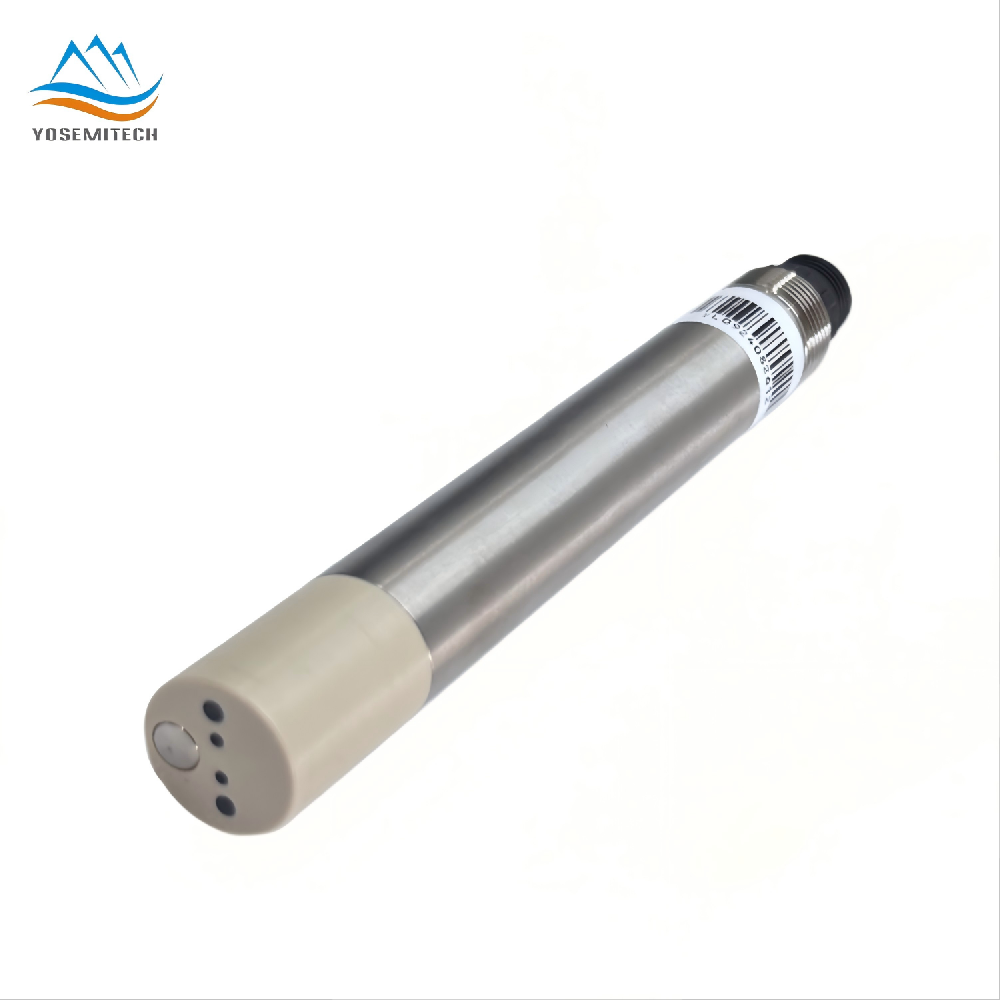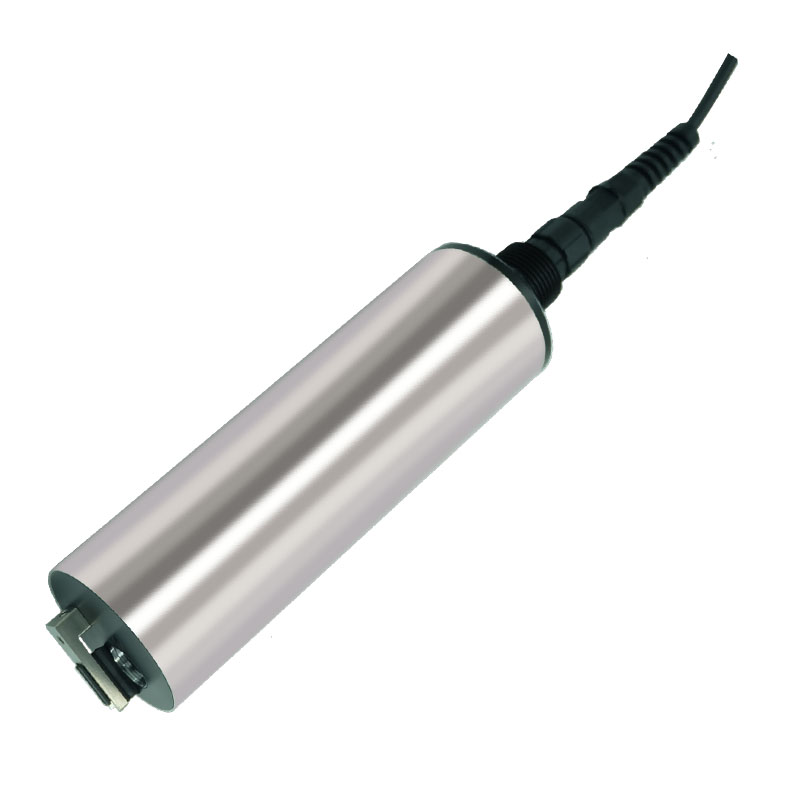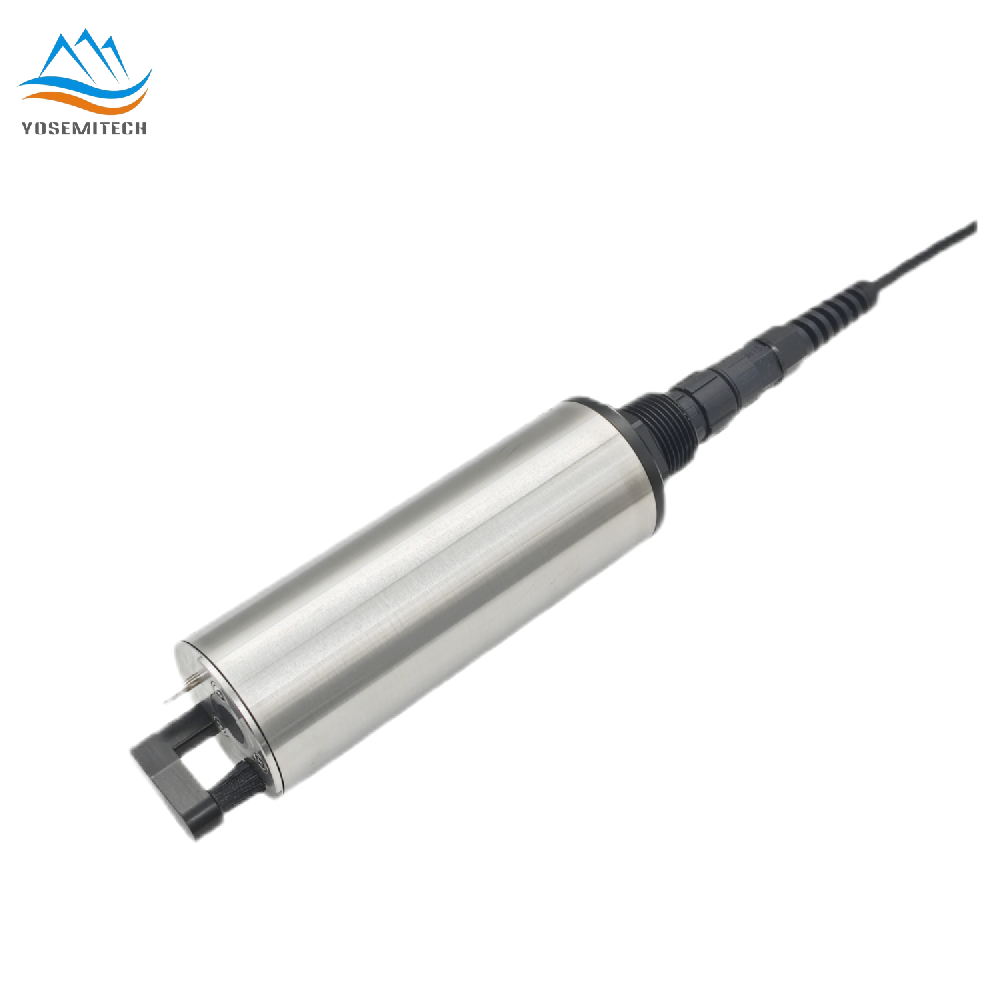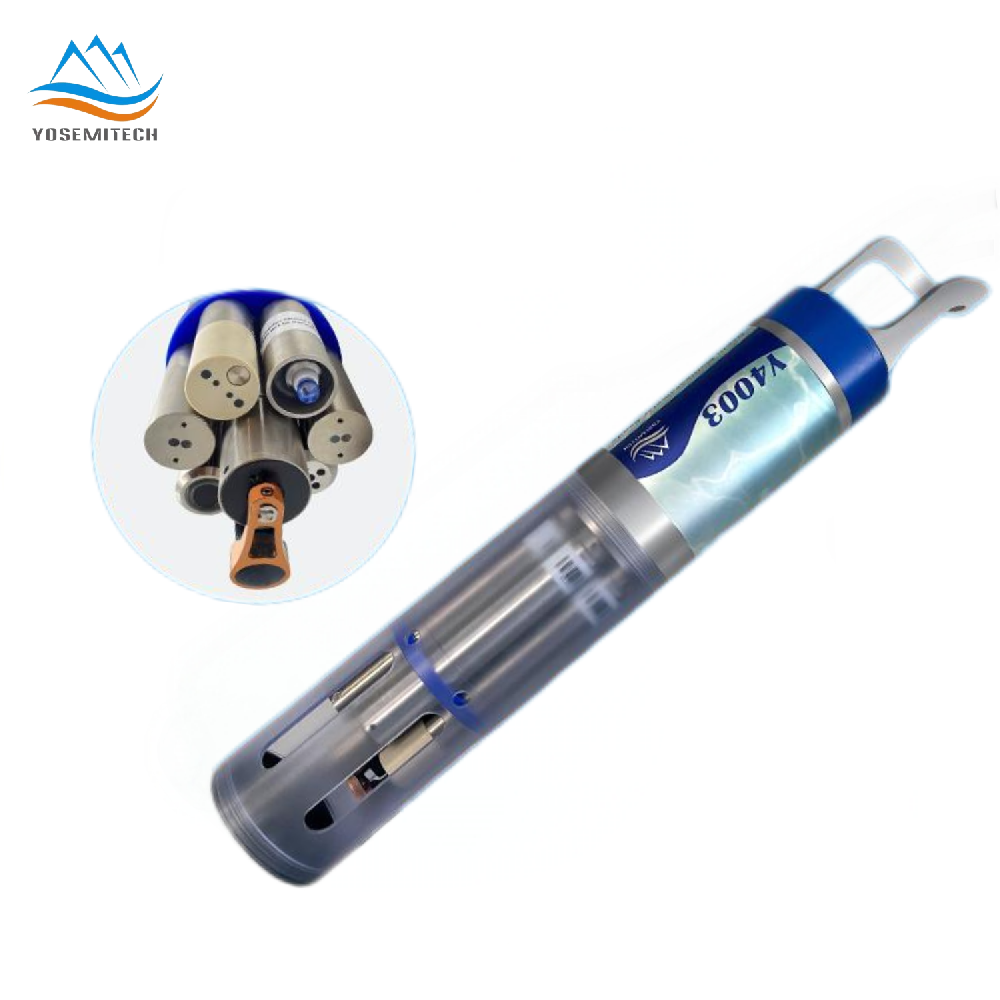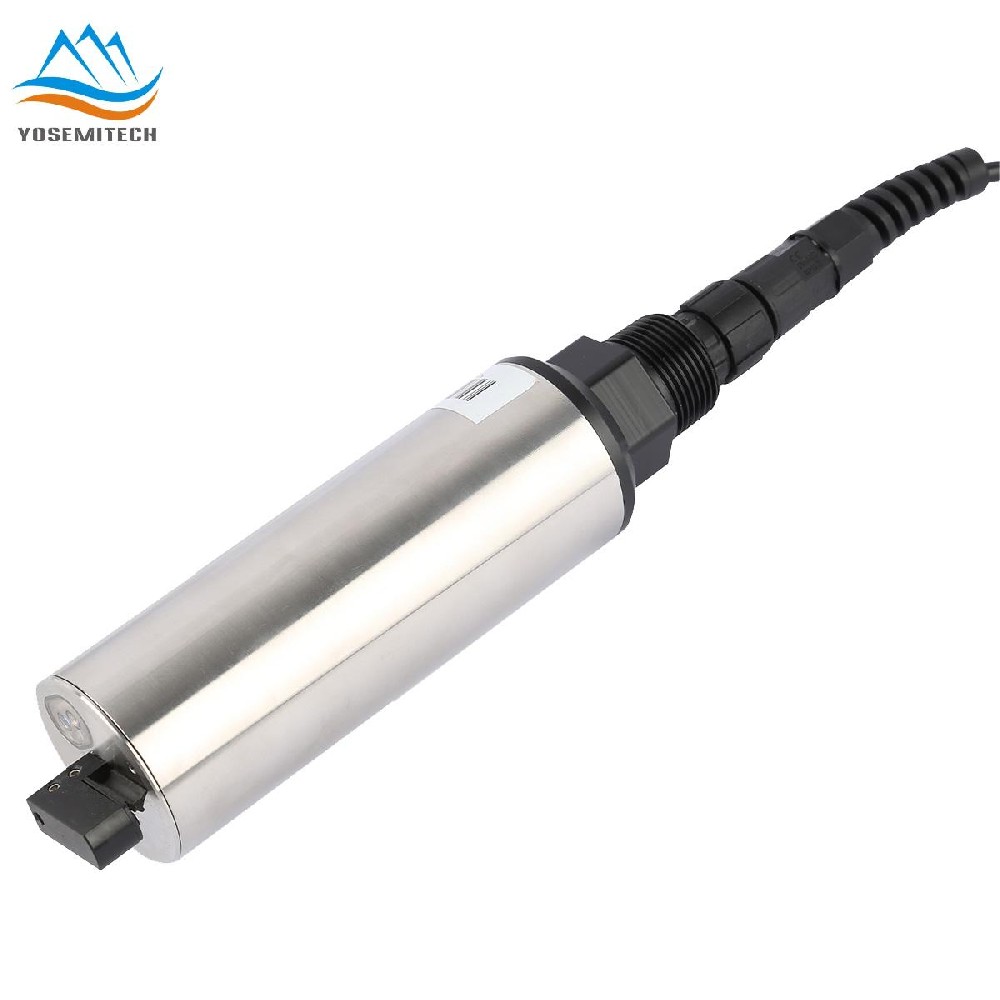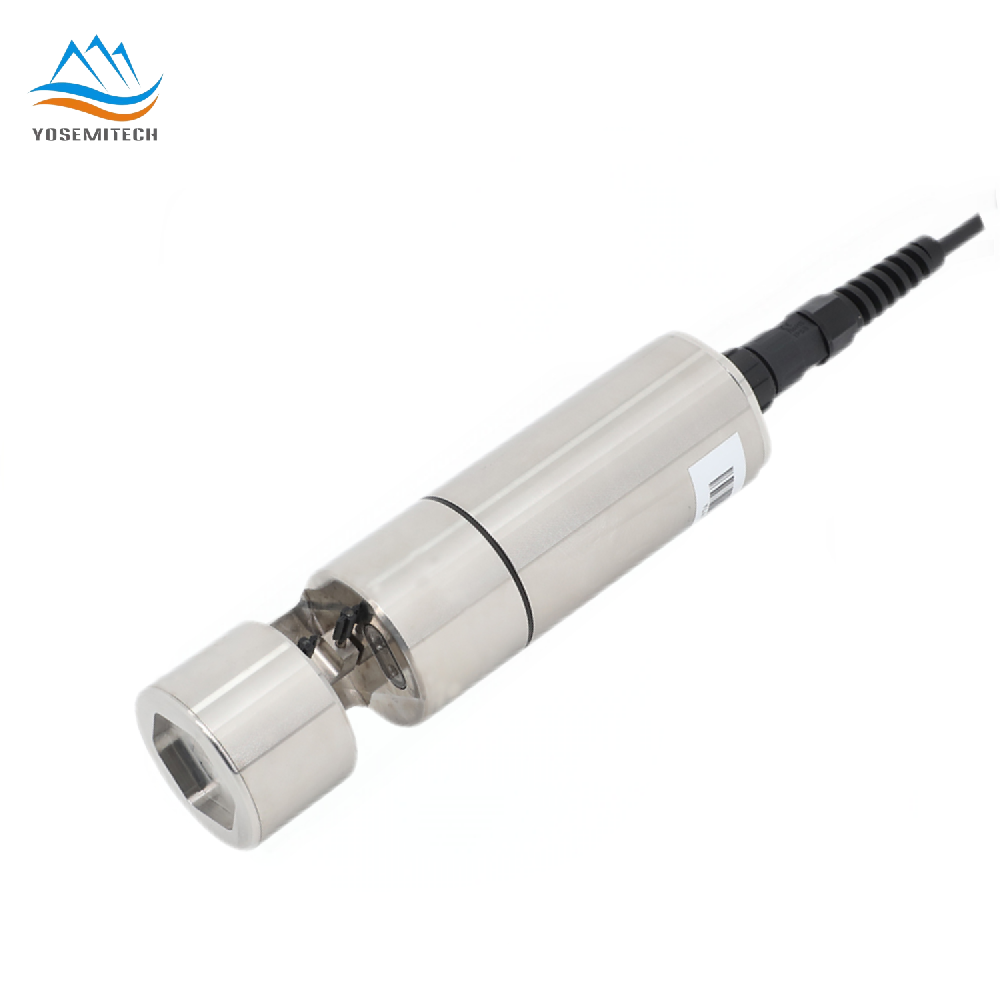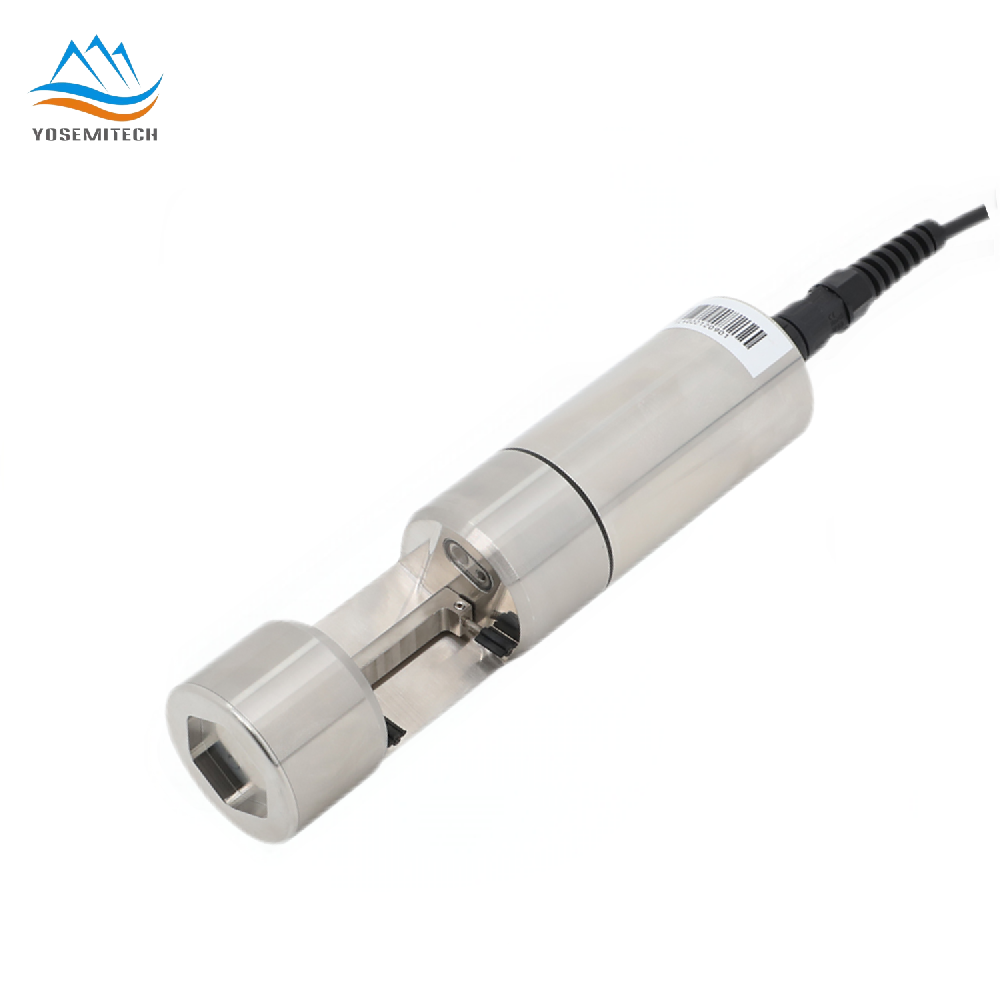Industry news
Power of Multiparameter Water Quality Meters, Realizing More Accurate and Convenient Monitoring
Writer: admin Time:2024-08-21 14:51:59 Browse:1023℃
When it comes to environmental monitoring and water treatment accuracy in data is everything. Water quality is one of the most important aspects that needs to be monitored accurately for conserving aquatic ecosystems and also because life on earth depends in water. However, the Multiparameter Water Quality Meters can provide an all-in-one solution to users, allowing users to perform monitoring accurately and in a timely fashion.
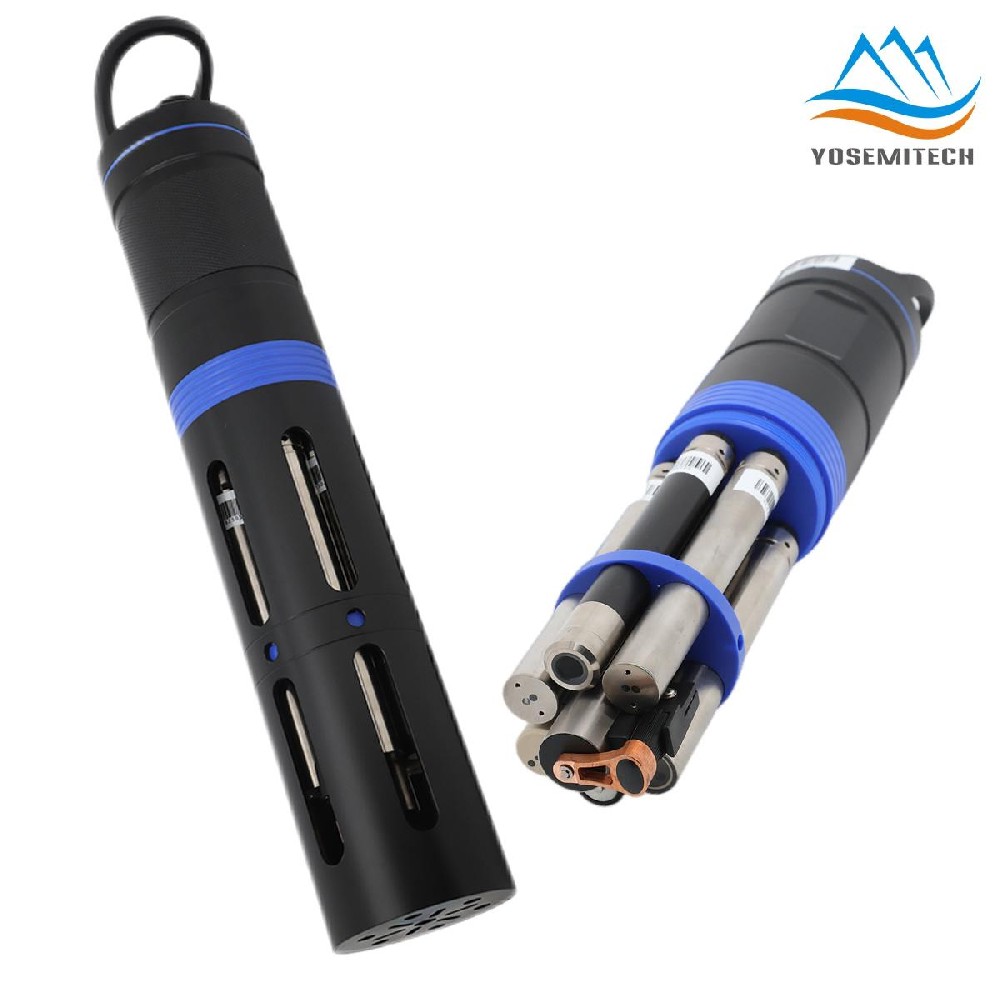
Benefits of Multiparameter Sensors:
High integration: many parameters can be measured simultaneously, hence reducing the numbers sensors required and simplifying th system design.
Cost-Saving: It is more cost-effective to buy a multiparameter sensor instead of many single parameter sensors.
Data synchronization: It can collect multiple data at the same time, ensuring the synchronization of measurement time between different parameters, which is convenient for data analysis and processing.
Improve efficiency: It reduces the number of sensors and data collection points, and improves the efficiency of data collection and processing.
Widely Application: These sensors are suitable for a large number of applications, ranging from drinking water treatment over waster water management to aquaculture and environmental research.
Which parameters can Multi-Parameter Sensors measure?
Temperature: Water temperatures are a crucial factor that affects many other parameters and is extremely important for the health of an aquatic ecosystem.
pH: The water acidity and alkalinity is important for the survival of aquatic life, agriculture and several industrial processes.
Dissolved Oxygen: The concentration of oxygen dissolved in water is critical to aquatic animals and can be an indicator of the health or status of a body of water.
Conductivity: The ability of the water to conduct electricity, which can help reveal that dissolved solids and contaminants may be present in your drinking supply.
Salinity: the concentration of salt in water is very important for both fresh and marine ecosystems.
Turbidity: The extent to which the water is clear, which will depend on it not having too many suspended particles in its waters and will be of interest both aesthetically as biologically.
Chlorophyll: As an indicator of water quality that suggests the health status of aquatic ecosystems, it is important to understand what chlorophyll means. Eutrophication — If chlorophyll levels are elevated, it may be indicative of an excessive amount of algal growth.
Blue Green Algae: blue green algae built up can prompt huge issues of water quality and has the possibility to deliver hurtful algal blooms. If they bloom in large quantities, these blooms can produce toxins that are lethal to fish and wildlife as well as humans. These blooms can also suffocate the water, reducing oxygen levels and causing fish kills.
Oil in Water: Oil spill into the sea could create a layer on top of lowering oxygen absorption and light penetration. It is very harmful to aquatic life and ecosystem.
Applications
Multiparameter water quality meters are not only rugged but also broad application oriented:
Environmental Monitoring
Monitoring rivers, lakes and oceans to check their health status;to identify polluting sources.
Groundwater: Evaluation of a quality this source for drinking and irrigation.
Drinking Water Treatment
Water Treatment Plants: Monitors parameters continuously to achieve regulatory compliance for treated water.
Distribution networks: Checking water quality as it moves through pipes to your door.
Wastewater Treatment
Industrial Effluents: These effluents pertain to the wastewater from industrial processes which are monitored for potential pollution.
Aquaculture
Investing in Fish Farms: Ensuring the water and surroundings are of good enough quality for fish to grow healthily.
Shellfish & Algae Grow-out: Monitoring growth and yield affecting water quality parameter.
Industrial Processes
Food and Beverage: Guaranteeing the integrity of processes, ensuring product quality in activities such as brewing or bottling.
Pharmaceuticals: Quality acid test for the Secondary purposes when high purity waters are needed in production.
Accuracy and Portability of Multiparameter Sonde
Accuracy
One of the most vial benefitof multiparameter sensors is accuracy. They come with high precision sensors that provide data you can trust. The same source noted that since the sensors are integrated, they're calibrated together which ought to eliminate any inter-sensor and intra-device variability you'd normally see with discrete gear.
Portability
The other important aspect is that multiparameter water quality meters also need to be portable. Constructed to be as lightweight and convenient as possible. This is especially crucial for monitoring which needs to be carried out on-site, such as environmental assessment and industrial process control applications.
Conclusion
The Multiparameter Water Quality Sensor provides accurate, reliable and comprehensive data. And, as technology advances, we can likely anticipate to see more and improved instruments that will better help us track our water quality data in order to manage it effectively.
Yosemitech Video About Multiparameter Water Quality Sensor
CATEGORIES
CONTACT US
Yosemitech Technologies Co., Ltd
 +86 19984844080
+86 19984844080
 sales@yosemitech.com
sales@yosemitech.com
 Bldg,25,CECEP Industrial Park, No. 18 Dongchang Rd. Suzhou Industrial Park, Jiangsu Province,China 215126, China
Bldg,25,CECEP Industrial Park, No. 18 Dongchang Rd. Suzhou Industrial Park, Jiangsu Province,China 215126, China
